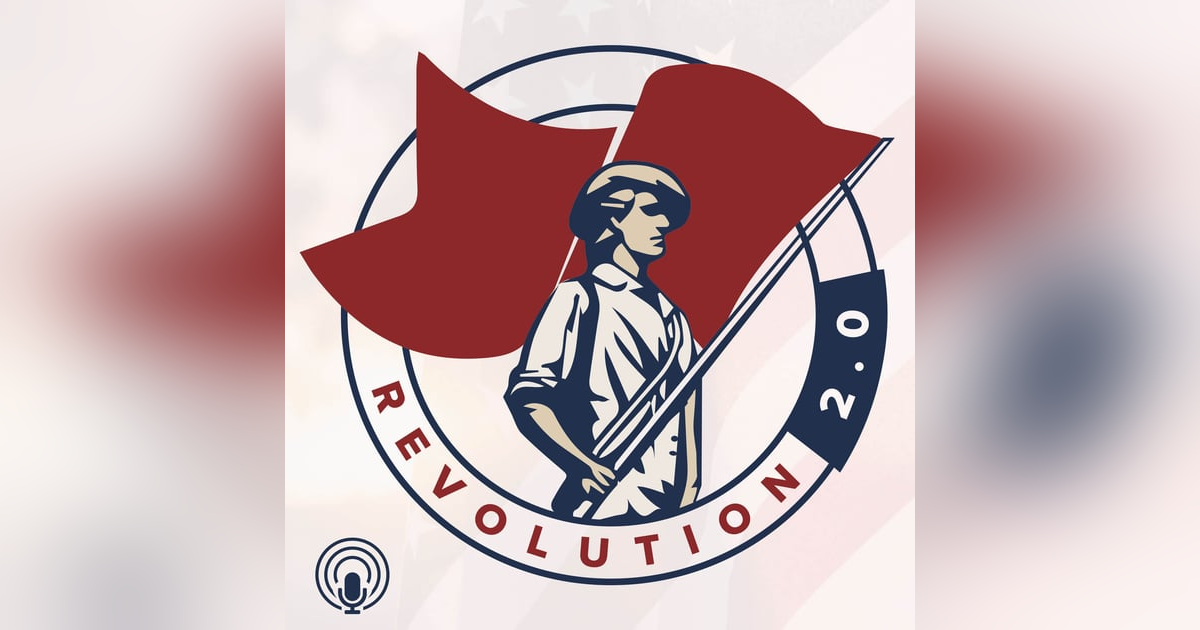
Sign up to get updates from us
By signing up, you agree to receive email from this podcast.

Introduction
Christopher Columbus: Hero, brutal conqueror, or both? Today we look at Columbus, and a lot more; statues, movies, and teaching American History. This is an exercise in seeing ourselves and others as we and they really are. Isn’t that kind of honesty fundamental to any kind of development; individual, societal, financial, physical or spiritual?
That is the subject of today’s 10-minute episode.
Continuing
The 1969 movie “Goodbye Columbus”, adapted from a Philip Roth novel of the same name, focuses on the differences in the main characters in this boy meets girl story. We are looking at the differences between those of us who want to remember and learn from, grow from, our past as it truly was, the warts and the horrors along with the heroic and miraculous, and those of us who want to denounce and erase everyone and everything that does not meet their current standards of approval.
Much has been written and said about various statutes, and we’ll get to those. But let’s start with a couple of movies; one very recent, and another older, made in the glory days of the big Hollywood studios. “The Help” was made in 2011 and set in 1963 Jackson, Mississippi. I found it difficult to watch in places, primarily because it exposed the horrific way that Black maids were treated by the middle class White housewives. I also found it hard to watch because virtually every one of the White housewives was portrayed as vapid, nearly useless in the home, and neglectful of their children. The White husbands and one boyfriend played very minor roles. The Black maids were portrayed as the heroes. The young White woman, Skeeter, displayed courage, but was shown as more of a catalyst and a woman coming of age than a heroine.
It was not a well made movie, nor was there much of an effort to show any kind of balance. But it does the needed work of shining a harsh light on a part of American life that we all need to see, understand, remember and correct. But there are voices demanding a different response, a different kind of imbalance. Here’s Natasha Reda writing for Glamour, “A lot of people are watching The Help right now. In fact, according to Entertainment Weekly, the 2011 film is the most-viewed movie on Netflix amid nationwide Black Lives Matter protests…Well, the film was written and directed by a white man, based on a novel by a white woman, and centers the story around white people—particularly Stone’s character (Skeeter), who is a prime example of a white savior. It’s understandable that many Twitter users have slammed The Help as a tool to educate yourself about systemic racism in this country, especially when the streaming service and other platforms offer better options by Black filmmakers.”
Here is a representative quote from the review by Kim Renfro at Insider.com, “The ‘white savior’ trope is tiring, and it’s also counter-productive to real change when it comes to systemic racism.” And another voice, “I beg of you: stop watching The Help, it will not make you better at facing your privilege or whatever,” Elamin Abdelmahmoud posted on Twitter.
In other words, these people are saying the movie does not deal with the American Black history in exactly the way they believe it should, so don’t watch it. You might develop incorrect thoughts, and we can’t have that.
Fact check: The movie made it clear the real hero was the Black maid, Aibileen, played by Viola Davis. Skeeter’s privilege (the young white writer) was slight at best. She was a recent college graduate living at home, and had to scramble to get a low paying job writing a cleaning advice column for the local paper. She had a strained relationship with her Mom, and apparently no relationship with her Dad.
The 1939 Academy Award winning movie “Gone With The Wind” portrayed a deeply false and romanticized version of plantation life pre Civil War. Anyone who has seen that movie and knew nothing else about slavery would have come away believing that slavery, while wrong, was not all that bad. A short 38 years later, the hugely popular TV series “Roots” tore the cover off of that lie, portraying slavery as the vicious crime against humanity that it was.
I am not advocating for balance, some sort of compromise between, for example, those wanting to censor these two movies and those who vigorously defend them from all criticism. I am advocating for the truth. All too many people have agendas they are constantly working, with the truth being exposed only when convenient. Join me in having the truth as our relentless focus, with our agendas, our goals and policies, arising from the truth.
Now to two of those “statue” folks. Growing up I was taught that historical figures like George Washington and Christopher Columbus were flawless heroes. George Washington was the Father of our Country who brilliantly defeated the British with a ragtag army and never told a lie. The cherry tree myth is the most well-known and longest enduring legend about George Washington. In the original story, when Washington was six years old he received a hatchet as a gift and damaged his father’s cherry tree. When his father discovered what he had done, he became angry and confronted him. Young George bravely said, “I cannot tell a lie…I did cut it with my hatchet.” Washington’s father embraced him and rejoiced that his son’s honesty was worth more than a thousand trees. All a manufactured myth.
Today, the almost exclusive focus is on Washington the slaveholder. George Washington was indeed the Father of our Country, and miraculously defeated the British Empire with little more than a ragtag army. He lied like the rest of us, and he was a slaveholder.
Columbus was once portrayed not only as a visionary in standing alone knowing that the world was not flat, but as tenacious and brave as well. Put all of that together, I was told, and here you have the man who discovered America. Today, all I hear about is his often brutal treatment of indigenous peoples. Columbus did not discover America, but he did open it up for European exploration. He was indeed brave and tenacious, else he would have failed in his historic adventures. And he was often guilty of brutal treatment of the people he found in the new lands.
“Holistic approach” is a phrase often used to encourage people to look at the entire entity rather than just a part. The definition of holistic is the idea that things should be studied as a whole and not just certain parts. An example of holistic health care is therapy that focuses on the health of the entire body and mind and not just select parts. Exactly. When evaluating people, we need to look at the whole person, warts and all. Understanding, forgiveness, and perhaps most important of all, self-understanding and self-forgiveness will result. We are all deeply flawed, and only when we understand that can we recognize the greatness in others despite their deep imperfections, and embrace the current and future greatness in ourselves, in spite of ours.
“Let him who is without sin, cast the first stone.” No one threw a stone–or even a pebble. Everyone walked away, hopefully to contemplate their own faults, and not anyone else’s.
Tell me what you believe. I and many others want to know.
As always, whatever you do, do it in love. Without love, anything we do is empty.
Contact
As we get ready to wrap up, please do respond in the episodes with comments or questions about this episode or anything that comes to mind, or connect with me on Twitter, @willluden, Facebook, facebook.com/will.luden, and LinkedIn, www.linkedin.com/in/willluden/. And you can subscribe on your favorite device through Apple, Google, or Stitcher.
If you liked today’s episode, other episodes or the revolution2-0.org site itself, comment, subscribe, and encourage others to subscribe with you. Each One Reach One will help spread the word about Revolution 2.0™.
Will Luden, coming to you from 7,200’ in Colorado Springs.